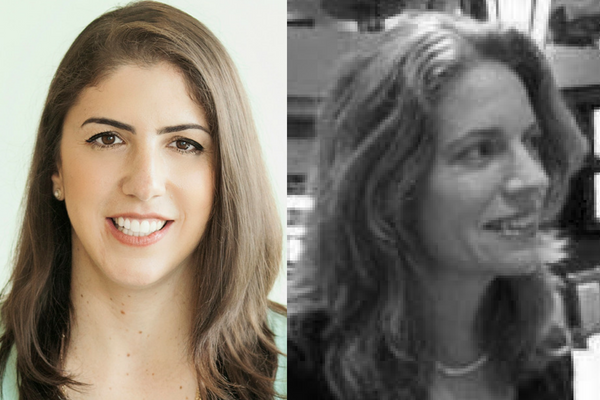Technology Tools
Learning from K-12 Innovators Who Gathered in New York and Chicago
Topics

Educators often take advantage of educational technologies as they make the shifts in instruction, teacher roles, and learning experiences that next gen learning requires. Technology should not lead the design of learning, but when educators use it to personalize and enrich learning, it has the potential to accelerate mastery of critical content and skills by all students.
Last week, NGLC staff participated in two key K-12 digital education conferences: Digital Promise’s League of Innovative Schools Spring Meeting in New York City and the Digital Media & Learning Conference in Chicago. In this post, Sarah Luchs and Dalia Hochman share key highlights from these learning and networking opportunities.
League of Innovative Schools Spring Meeting
Last week, NGLC joined the Digital Promise conference in New York City for superintendents who are members of the League of Innovative Schools. The Digital Promise League of Innovative Schools is a unique national coalition of 32 school districts in 21 states that serve more than 2.7 million students. Through partnerships with start-ups, research institutions, and one another, League districts are committing to demonstrate, evaluate, and scale up innovations that deliver better results for students.
- To kick-off the conference, NGLC co-hosted, along with Digital Promise, an inaugural “demo event” showcasing tools and platforms developed by NGLC grantees as well as developers associated with Digital Promise. NGLC demos included LearnZillion, WISEngineering, Classroom Inc., and Horry County’s Ed Elements platform. Superintendents, philanthropists, and other educational leaders were able to view demonstrations of these exciting tools and learn about how they have been implemented in real-world settings.
- The New York City Department of Education hosted the League’s conference which included visits to New York City schools experimenting with blended learning. NGLC staff visit Olympus Academy in Brooklyn and Westside Collaborative in Manhattan, schools that are part of NYC’s iZone network and that are experimenting with blended, personalized, and asynchronous learning (defined as students working at their own pace).
- In addition to compelling school visits, NGLC team members participated in thought-provoking workshops sessions on topics such as applying a design model to solving problems in K-12 education, understanding the financial implications of next generation models, and lessons learned from districts experimenting with blended learning.
Digital Media & Learning Conference
NGLC announced its Wave IV grant program at this conference and invited the participants—nonprofits, community groups, digitally savvy teachers, researchers and advocates—to design a new Breakthrough School model. Here’s a snapshot of the talent, passion and vision at the conference encapsulated as a few ideas that are ripe for further development in a planning grant and/or new school design.
- Use Ethan Zuckerman’s research to increase learner agency and to engage students individually and collectively in understanding how to create and participate in experiences that generate results. This means understanding differences in quality engagement. Thin and symbolic efforts ask participants to, “Please show up and do what I tell you.” Thick and impactful efforts ask, “Please show up and help me figure this out.” Applying this to a new school may mean creating a learning culture in which learner agency is nurtured through devolving control and enabling deep engagement.
- Providence After School Alliance (PASA), a 2012 Hastac Digital Badge/MacArthur grantee is working with the local school system to help students apply and connect their in- and out-of-school learning. The digital badges are aligned to the state academic standards (soon to be Common Core Standards), and also not limited by them. Students pursue personal interest areas and develop specific skills. Since they reflect a set of skills and interests that are personal and not standardized, not all students need graduate with the same set of badges. Badges help students demonstrate their unique talents and degree of mastery, valued in the labor market. And, students are most motivated to learn when they can pursue individual interests and passions. Are you a nonprofit with school partners? Maybe PASA digital badges can inform a new competency-based approach in your school?
- According to Andrew Slack, the Harry Potter Alliance (HPA) is evidencing the power of a shared digital media and youth community inspired by a great story. Students self-organize and work to learn new skills in order to advance noble causes they believe are aligned to values embedded within the story. Youth participate and create in ways that are academically rigorous, artful and playful. Reflecting on this, Andrew asks, how do we bring this proof of concept into other learning communities and into our schools? Andrew’s proof point represents a largely as yet untapped potential for a diversity of community groups to partner in support of youth and learning. Andrew explains it this way, “Common Core provides the hardware for learning and we {the digital media community}, provide the software.” Game on.




